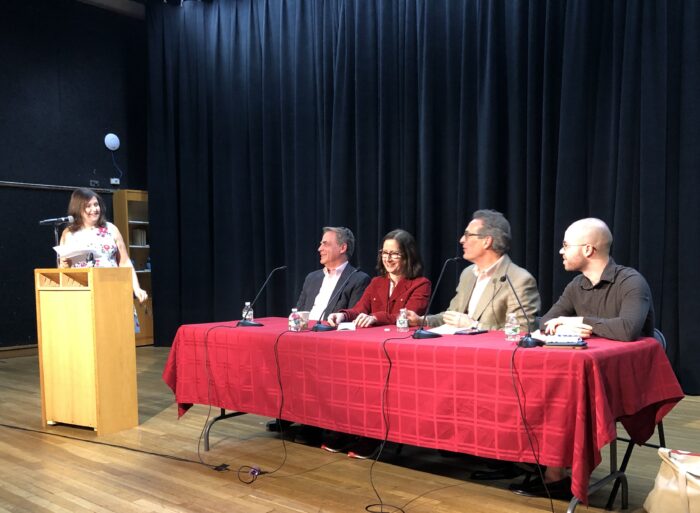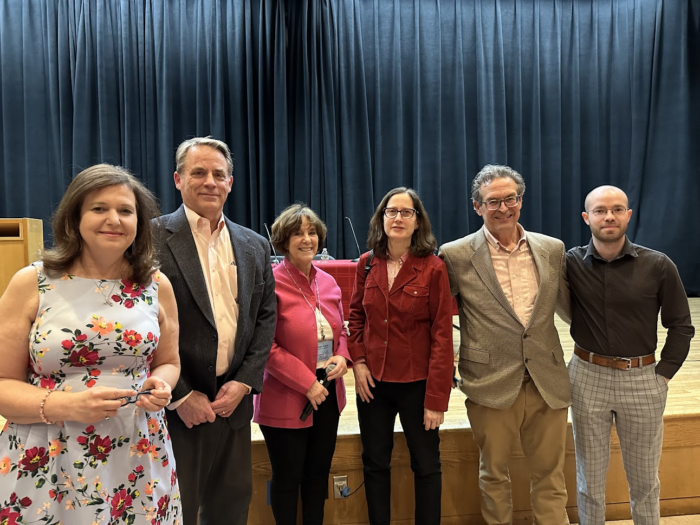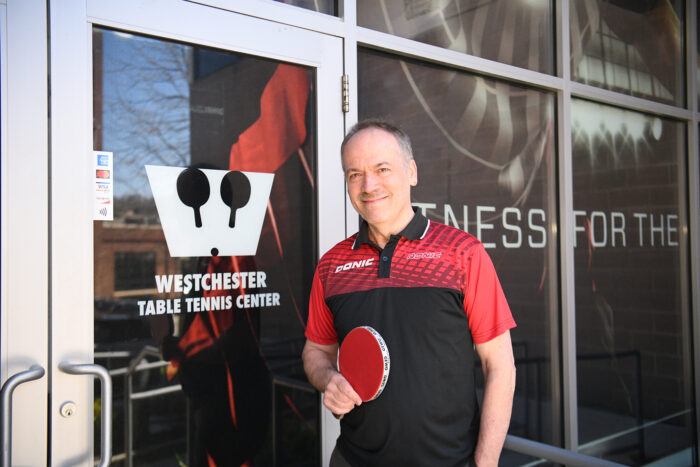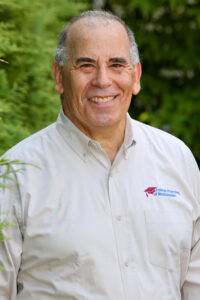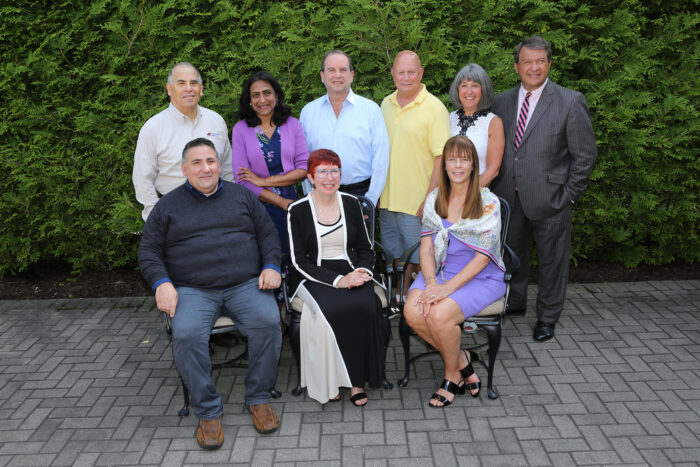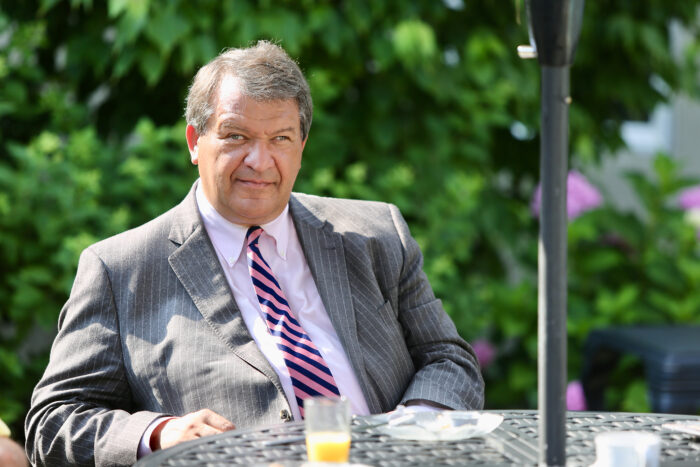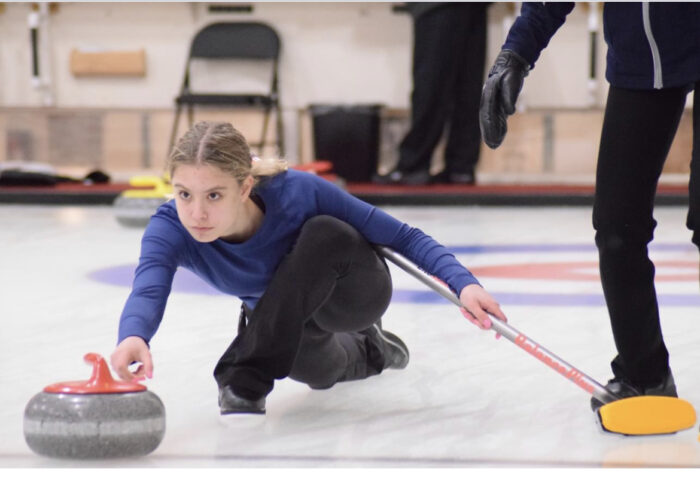
Throughout her childhood, the sport of curling was unavoidable for Briarcliff’s Megan Stopera.
Her father, Bill, was a lifelong curler who narrowly missed the Olympics in 2013. Her brother, Andrew, was also a distinguished curler, bringing the family across the world to watch him compete and moving to Minneapolis after college to be at the sport’s epicenter.
But for 15 years, Megan was utterly uninterested. She’d roll her eyes when the conversation in the household turned to curling strategy. She’d travel across the world – to South Korea, to Scotland, to Canada – to support her brother at tournaments and competitions, but she would spend most the contest looking at her phone instead of the ice.
“They always wanted me to do it, but I was just super stubborn,” Megan, now 16 and entering her senior year at Briarcliff High School, recalls. “I never really wanted to do it, so I almost feel like they gave up on it.”
The turnaround came when Megan, then 15, went to watch her brother compete in the Olympic trials in Omaha, Nebraska. When she came home, she announced to her family: I want to curl now.
“That was a shock to all of us, quite honestly. We didn’t expect that,” Bill Stopera said. “She was always, ‘I’m not curling. I’m never following in any of your footsteps. I hate curling.’ It’s pretty funny.”
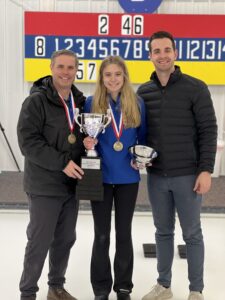
Less than two years later, Megan Stopera is among the best young curlers in the country. In April, her team won the silver medal at the US Junior Curling Championships. Earlier this year, she won the gold medal in the U.S. Club Curling Championships.
“It still baffles my mind how fast she developed,” Bill says. “Once the switch flipped,” he adds, “Megan was ‘all in.’”
“I just knew I wanted to be like my brother, and go as far as he’s gone,” Megan explains. “I understood how much work that was going to take, and I was willing to do that work. And I got on the ice a couple of days later with my dad and I just loved it, and I’ve been practicing ever since.”
Megan began heading to the Ardsley Curling Club, a 91-year-old institution in southern Westchester, nearly every day, according to her mother, Perri. She spent hours each day on the ice and had an experienced coach in her father.
Bill Stopera, the youngest of nine children, started curling in 1976, when he was just eight years old. Growing up in Schenectady, just north of Albany, he first got on the ice when his family joined a local curling club as a social activity. He played sporadically throughout his youth; he was more focused on basketball.
Bill moved to Westchester in 1997 and a few years later started curling again at Ardsley Curling Club. He soon rediscovered his love of the sport, and his talent, and started thinking about competing. “That’s when I realized maybe I could play with the best players in the world, arguably,” says Bill, an insurance broker. “I like to compete. I like to win. And I found out pretty quickly that I was as good as anyone at the club.”
Bill’s team won the US curling championships in 2012; in 2013 he finished third in the Olympic trials, just missing out on a spot in the 2014 Winter Olympics in Sochi, Russia.
Unlike his sister, Andrew began curling more or less as soon as he was big enough to throw the 40-pound curling stone. He attended Hackley High School in Tarrytown, where a teacher set up an after-school curling club. Unlike his father, he stopped playing basketball his sophomore year of high school to focus on curling.
“After my freshmen year it was like, ok, if I want to be really good at curling, as good as I hoped I could be, I had to commit to it,” says Andrew, now 25. “I loved competing, loved hanging out with the people I already knew and who I got to meet.”
Andrew was one of the top teen curlers in the nation, with his team finishing second at the US Junior Curling National Championships. His men’s team finished third in the Olympic trials two years ago, while his mixed doubles team finished ninth.
Megan was watching from the stands at those Olympic trials when she decided it was finally time for her to embrace the game that meant so much to her family. While her love of curling came overnight, she says her talent for it did not.
“I definitely took a few months for me to even learn how to slide correctly,” she says. “And I would say I didn’t feel like I was that great until just a couple months ago.”
Andrew now has his eyes set on the 2026 Winter Olympics in Italy, though he will need to get past gold medalist John Shuster, who beat him out in the Olympic trials for the 2022 Olympics and a decade earlier finished first when Bill Stopera’s team finished third. Megan also hopes to one day qualify for the Olympics, and the two have talked about pairing up for mixed doubles when she is a bit older.
“I make the joke to my current [doubles] partner that she’s got another three years, and then she might be on the outs,” Andrew says. Nine years apart in age, having curling as a common passion has brought Megan and her brother closer together.
“They definitely spend a lot more time together, and they talk about it all the time now, which they didn’t have before,” says Perri Stopera, a speech language pathologist. “And, of course, the father daughter relationship has just blossomed together.”
